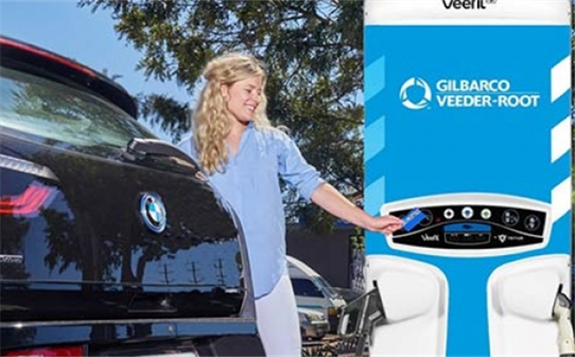Electric vehicles, with each passing year, spreads on the streets of different countries of the world, and are seen with increasing frequency, with automakers investing in new models.

While growth is not the same in every region, as technology in Europe and the United States technology has established itself more than in Latin America, experts believe that by the year 2025, some global uniformity will be achieved. By this time electric vehicles are expected to cost the same money as fossil fuel vehicles.
To define deadlines and the intensity in which electric vehicles will be present in the Southern Cone (Argentina, Chile and Uruguay) region, is difficult, since this depends on the characteristics of each country: regulation, availability of electricity, distribution infrastructure and supply points. An additional factor in this case is the extension territorial which has a great influence and alternative fuel sources.
Each country has natural resources and different technologies that can compete with electricity, such as " green fuel " (for example, ethanol in Brazil), synthetic fuels or even have large oil reserves, which would cause the migration of the energy matrix less attractive in terms of cost.
The topic of electric vehicles sparks the interest of the general population, either because of the attractiveness of innovation or because of growing concern about environmental problems. There has been a lot of news from European countries that are advancing in this segment and from companies in the region that invest in this segment seeking to differentiate themselves, attract customers, and once the pandemic scenario has expired, there will undoubtedly be an increase in demand in electric vehicles in 2021.
However, a massive arrival in the region is not expected due to the mentioned factors and the economic scenario that is not favorable to a rapid renewal of the fleet in circulation.
Change in the energy matrix will be slower and more gradual in the region and will necessarily have to go through a transition through hybrid vehicles that mix the consumption of electrical energy and liquid fuels and that therefore require Service Stations prepared to attend to them.
Gilbarco Veeder-Root, in 2018, invested in Tritium, an Australian manufacturer of electric power dispensers with 20 years of experience, present in 26 countries and in more than 2,500 charging stations. The electric power dispenser to the Gilbarco Veeder-Root product platform, is being integrated, through the participation of Gilbarco Veeder-Root, expanding the offer of management resources and connection with automation systems of the service station.
A high-speed charger is recommended at service stations due to the characteristics of the segment - the customer of a Service Station usually seeks convenience and speed of operation because he is moving from one place to another, often with time constraints. However, the time factor is not as important in shopping malls, offices, and residential condominiums, so slow-charge equipment that provides 100-percent charging becomes more appropriate.
Tritium and Gilbarco Veeder-Root offer high power chargers (scalable up to 475 kW) and therefore high speed, though it is difficult to define precisely the necessary charging time, since there are variables such as characteristics of the vehicle's design and the available electrical network.
In addition, since the technological evolution of electric vehicles has been occurring at an accelerated rate and is being accompanied by electric power dispensers, if today a period of 4 hours is required to complete 70 percent of the charge of a vehicle, it could be probable that in the short term, this reference has already been improved.